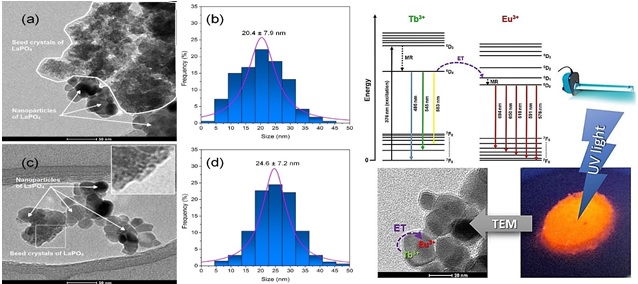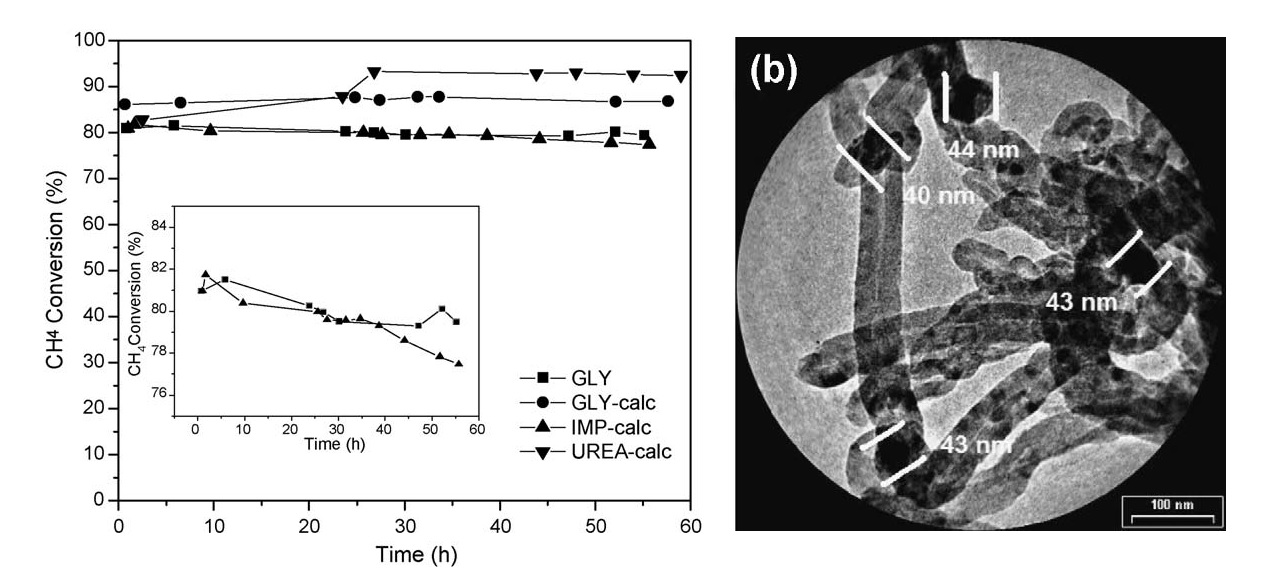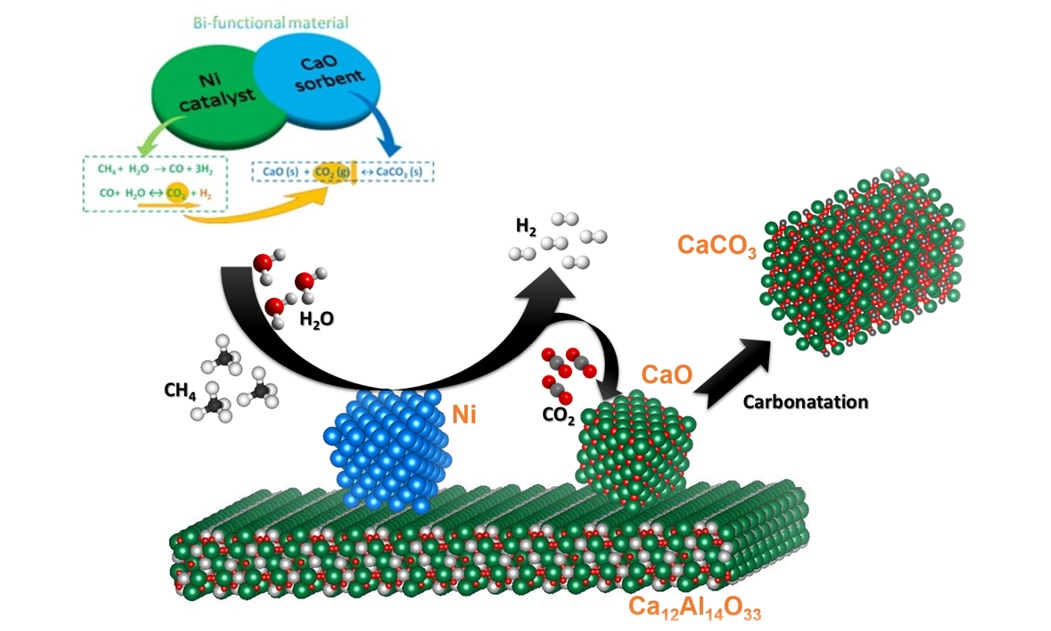 Functional Ceramics
Functional Ceramics
This research topic focuses on the synthesis of nanoscale inorganic materials to study their unusual optical and catalytic properties. Most precisely, our work concerns the design of low-temperature bottom-up synthetic methods using wet chemical approaches to produce nanoparticulated or nanoporous materials.
Oxide-based nanophosphors
We are searching for efficient lanthanide-based nanophosphors for optoelectronic and biomedical applications such as light conversion devices, photoluminescent sensors, optical imaging and cancer detection, just to give few examples. The group is mainly devoted to the study of nanostructured phosphors with particular emphasis on those consisting of uniform nanoparticles. More recently, synthesis and studies of the morphology-property relationship of hierarchical nanophosphors are of our particular interest.

Selected publications:
- de Oliveira, R. S., de Brito, B. S., Kulesza, J., Alves-Jr, S., & Barros, B. S. Tunable photoluminescence of nanostructured LaPO4:Eu3+/Tb 3+ synthesized via a microwave-assisted ethylene glycol route. Ceramics International, 43 (2017), 8276-8283. https://doi.org/10.1016/j.ceramint.2017.03.160
- Barros, B. S., De Oliveira, R. S., Kulesza, J., Melo, V. R. M., Melo, D. M. A., & Alves, S. Reddish-orange Ca3-xAl2O6:xEu3+ nanophosphors: Fast synthesis and photophysical properties. Journal of Physics and Chemistry of Solids, 78 (2015), 90–94. https://doi.org/10.1016/j.jpcs.2014.11.012
Heterogeneous catalysts for H2 production
Hydrogen is an essential feedstock for the petrochemical industry but also is appointed for many as the fuel of the future. In fact, hydrogen cannot be considered a fuel, but an energetic vector mainly produced from fossil fuels via catalytic processes. We develop more stable and active heterogeneous catalysts for light hydrocarbons reforming processes such as steam or dry reforming and total or partial oxidation. Interestingly, these catalysts and processes can also be applied in the production of H2 from renewable sources such as biomass or biogas.

Selected publications:
- Barros, B. S., Melo, D. M. A., Libs, S., & Kiennemann, A. (2010). CO2 reforming of methane over La2NiO4/alfa-Al2O3 prepared by microwave assisted self-combustion method. Applied Catalysis A: General, 378(1), 69–75. https://doi.org/10.1016/j.apcata.2010.02.001
- da Silveira, V.R., Melo, D.M.A. Barros, B.S., Ruiz, J.A.C., Alcazar, R.L.O. Nickel-based catalyst derived from NiO–Ce0.75Zr0.25O2 nanocrystalline composite: Effect of the synthetic route on the partial oxidation of methane. Ceramics International 42, (2016), 16084–16089.https://dx.doi.org/10.1016/j.ceramint.2016.07.119
Bifunctional materials (catalyst / sorbent)
We are also interested in the preparation of bi-functional Ni–CaO–mayenite materials for enhanced steam methane reforming and simultaneous CO2 capture. The sorption enhanced steam reforming is an integrated process combining reforming, water gas shift and CO2 capture to produce highly pure H2 in a single step. We developed a very efficient, rapid, low-cost and time-saving route for the preparation of these bifunctional catalysts by the microwave-assisted self-combustion method.

Selected publications:
- Cesário, M. R., Barros, B. S., Courson, C, Melo, D. M. A., Kiennemann, A. Catalytic performances of Ni–CaO–mayenite in CO2 sorption enhanced steam methane reforming. Fuel Processing Technology, 131 (2015), 247–253. https://dx.doi.org/10.1016/j.fuproc.2014.11.028
- Moises R. Cesario, B. S. B., Zimmermann, Y., Courson, C., Melo, D. M. A., & Kiennemann, A. (2014). CO2 Sorption Enhanced Steam Reforming of Methane Using Ni/CaO·Ca12Al14O33 Catalysts. Advanced Chemistry Letters, 1(3), 1–8. https://doi.org/10.1166/acl.2014.1037






